A project status report is a document used to compare the progress of the project against the project plan.
The project manager monitors the progress within a specific time frame. The report is created with the help of team leaders and members who have in-depth knowledge of the project. It is designed to keep stakeholders informed about the project’s costs, risks, time, and labor.
It contains information about the project’s execution. It contains information about outstanding and completed tasks, plans, a project budget and schedule that has been summarized, a list of action items, any problems or risks associated with the project, and what is being done to mitigate them.
It helps the project manager assess what has been accomplished, whether the project is on track, the risks that must be managed, the obstacles impeding the project’s success, and whether the project is moving in the right direction. This information can help in making informed decisions about the project’s progress and also help in the execution of similar projects in the future.
It’s critical to comprehend the importance of the reports, how they work, and the various types that can be made. This article looks into these details to help ease the creation of a report and provides templates that you can fill out and use multiple times.
Free Templates
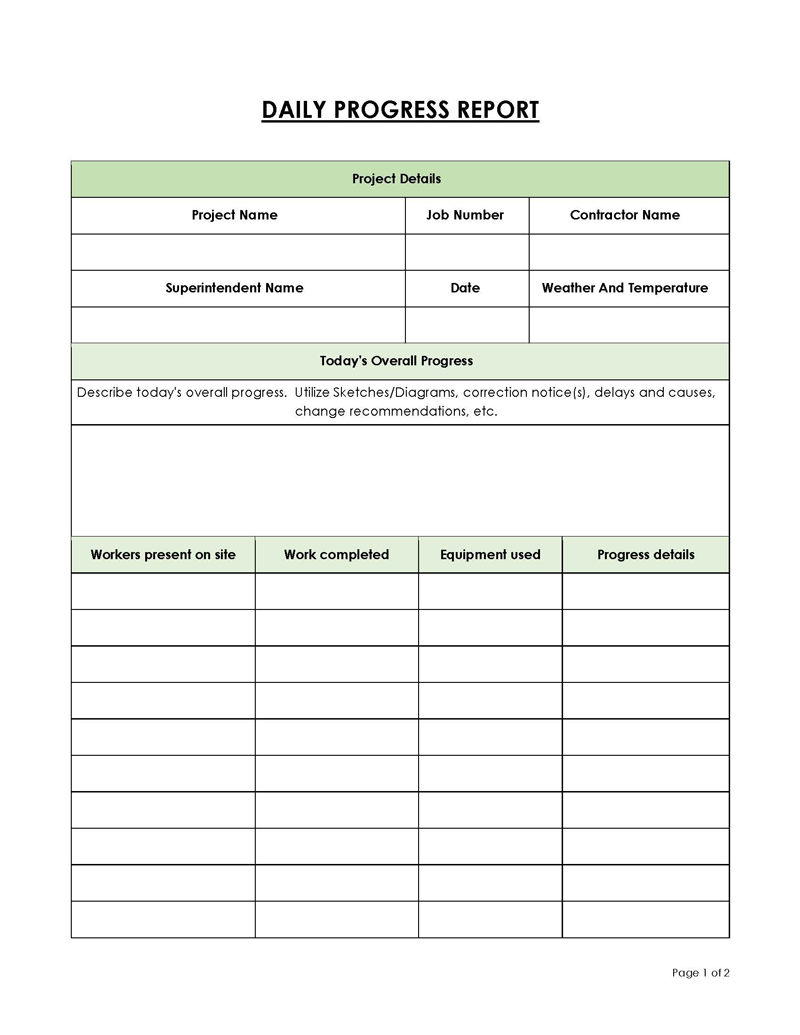

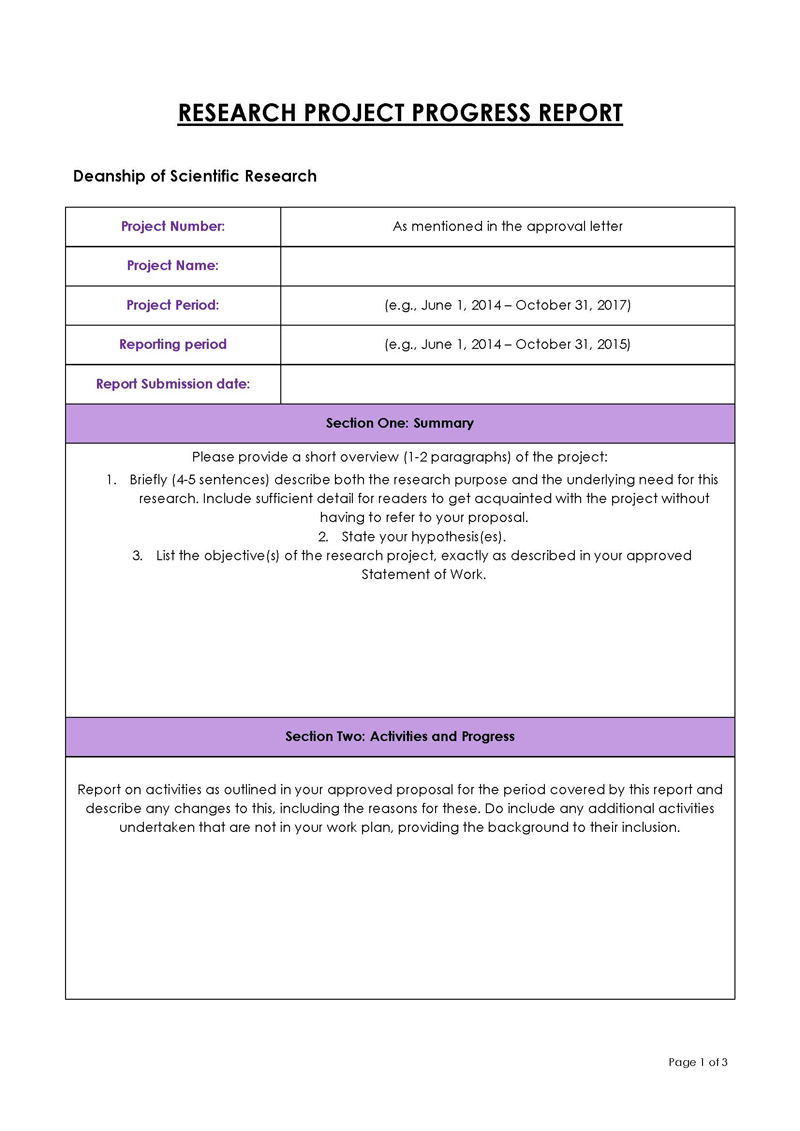
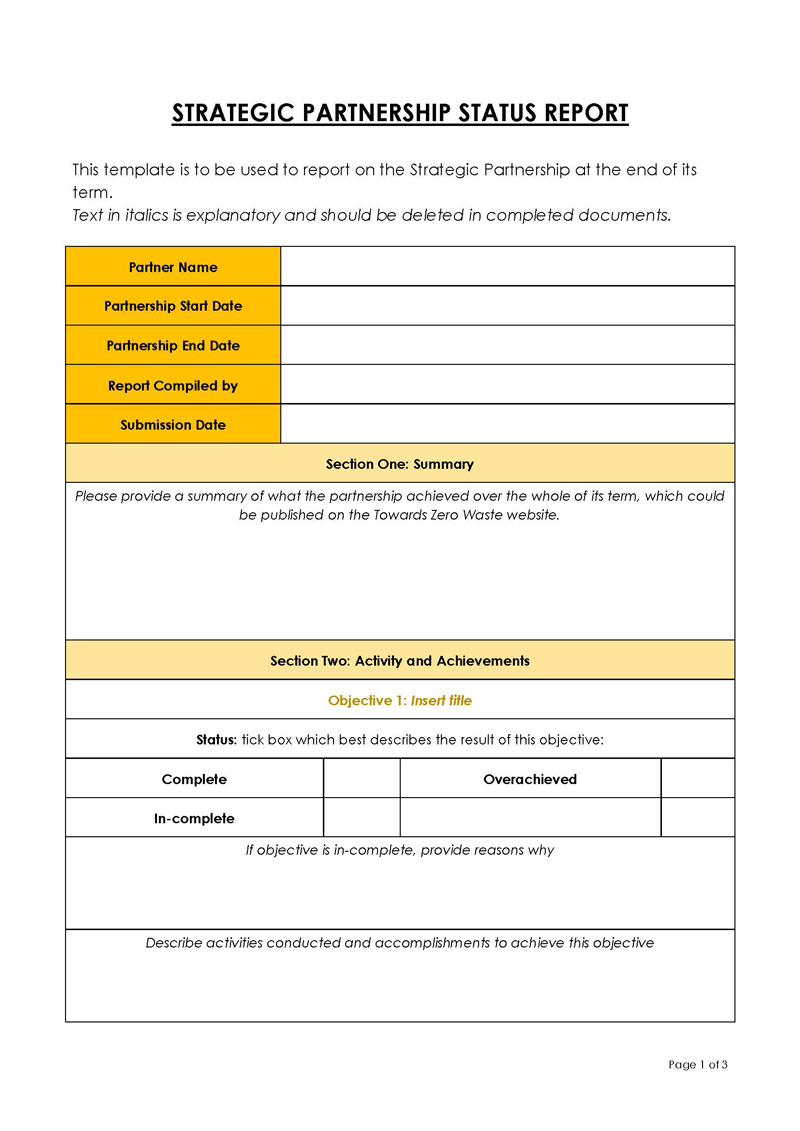

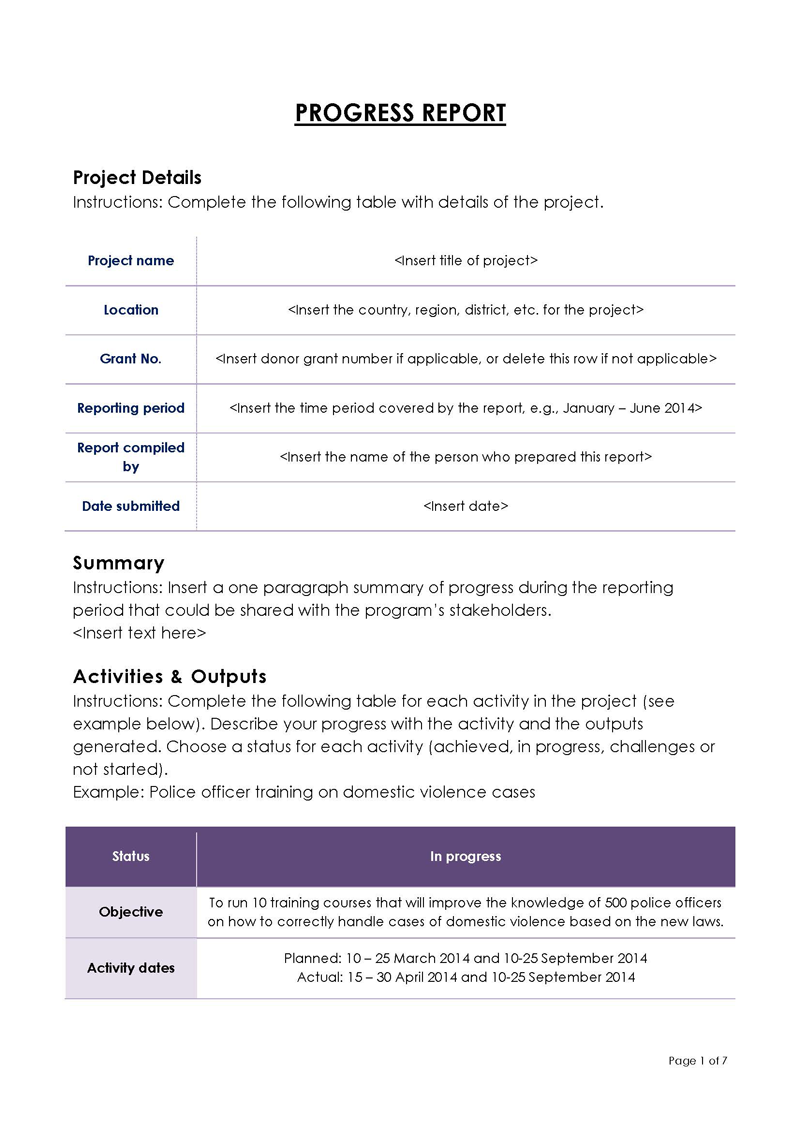
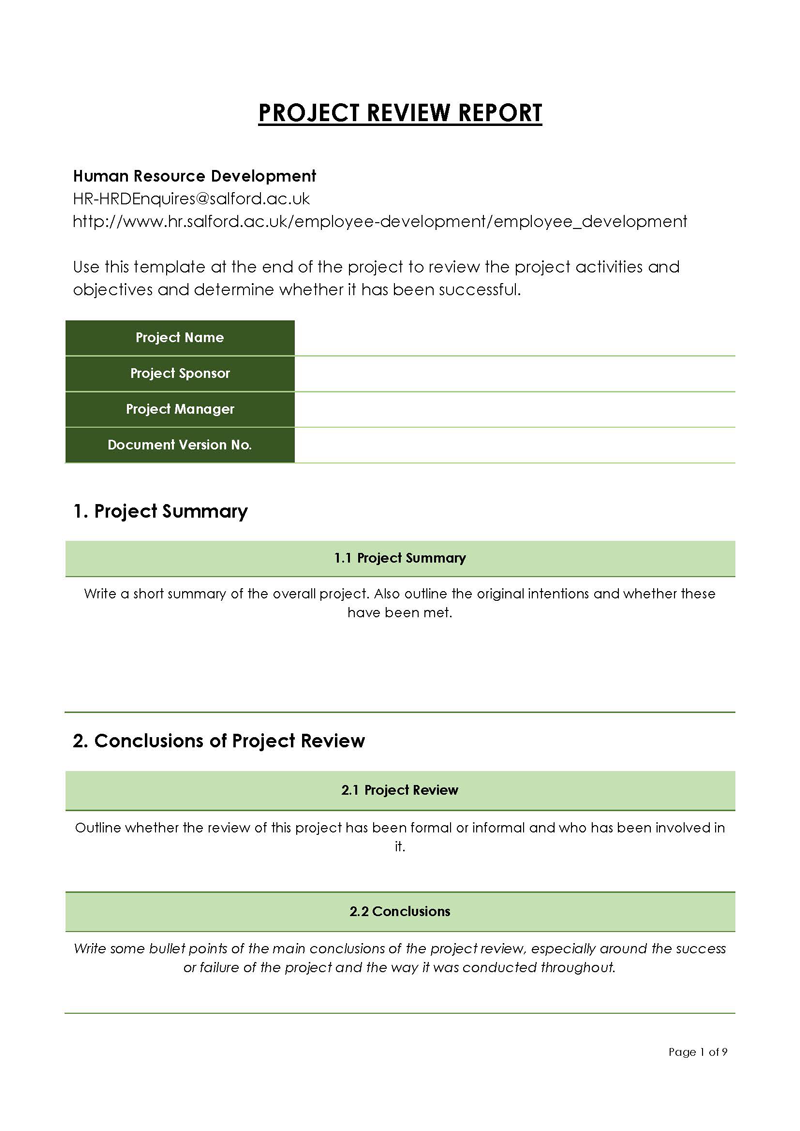
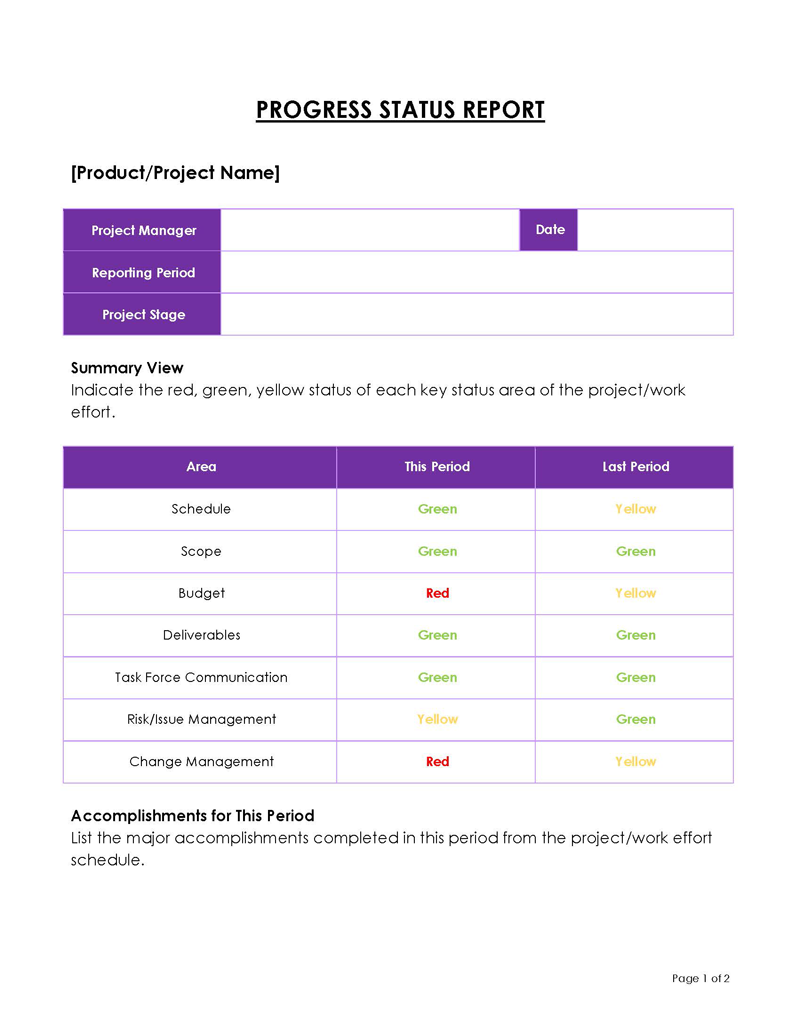

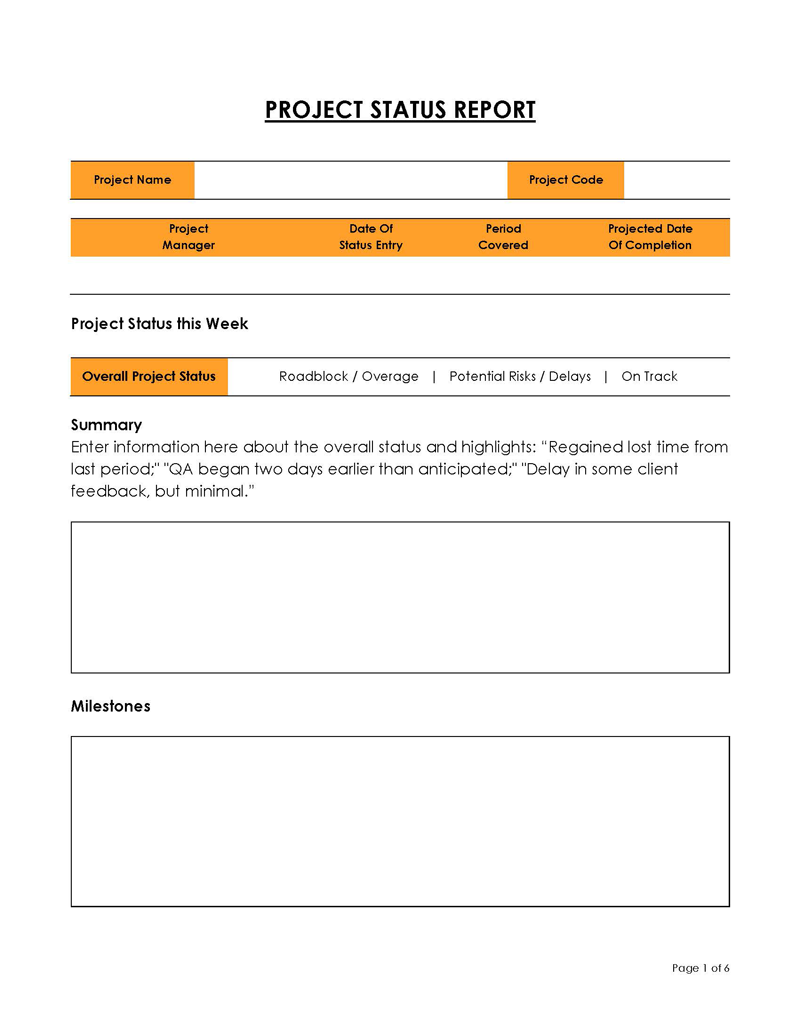
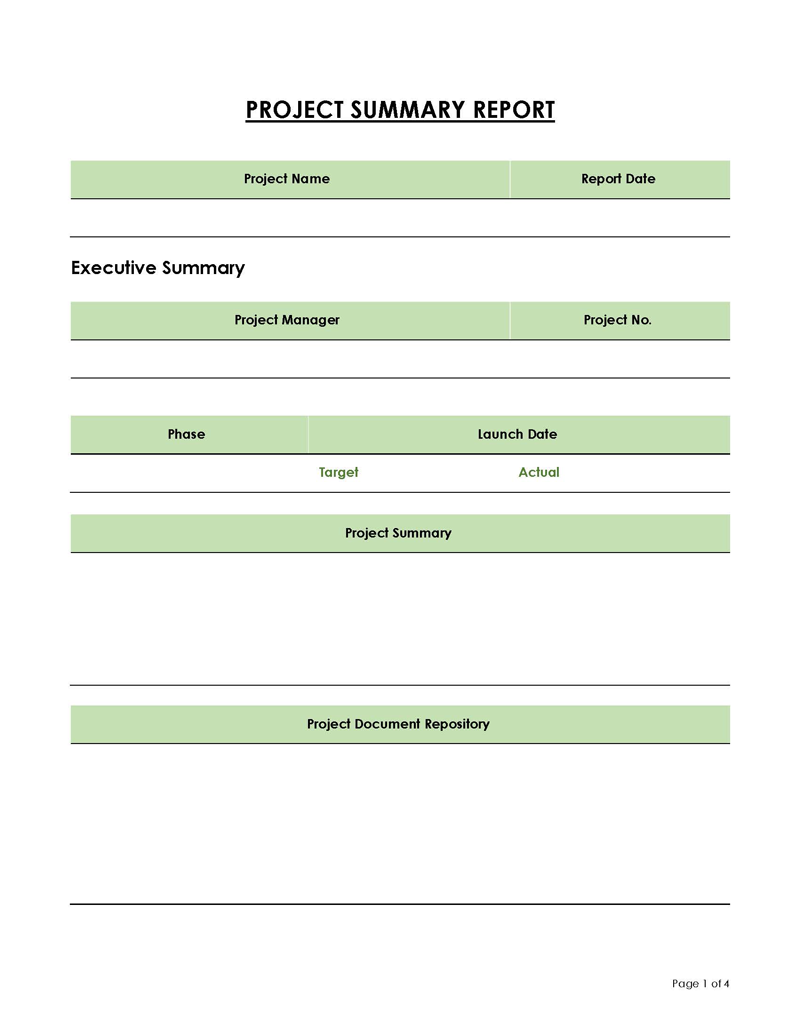
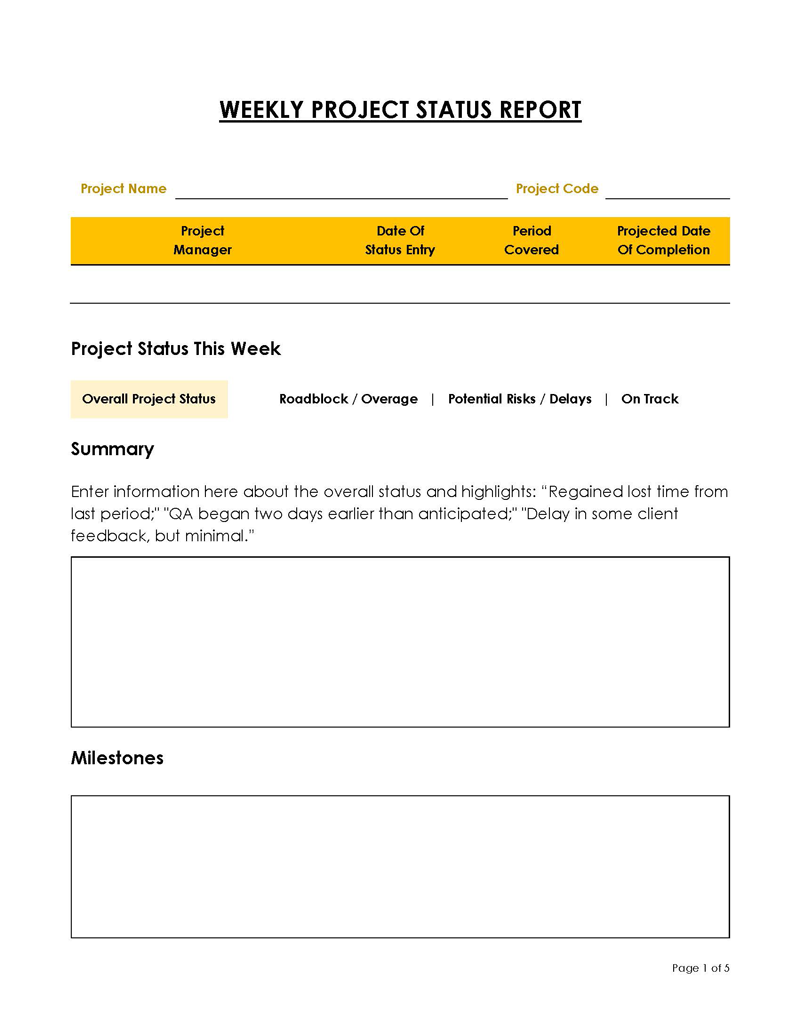
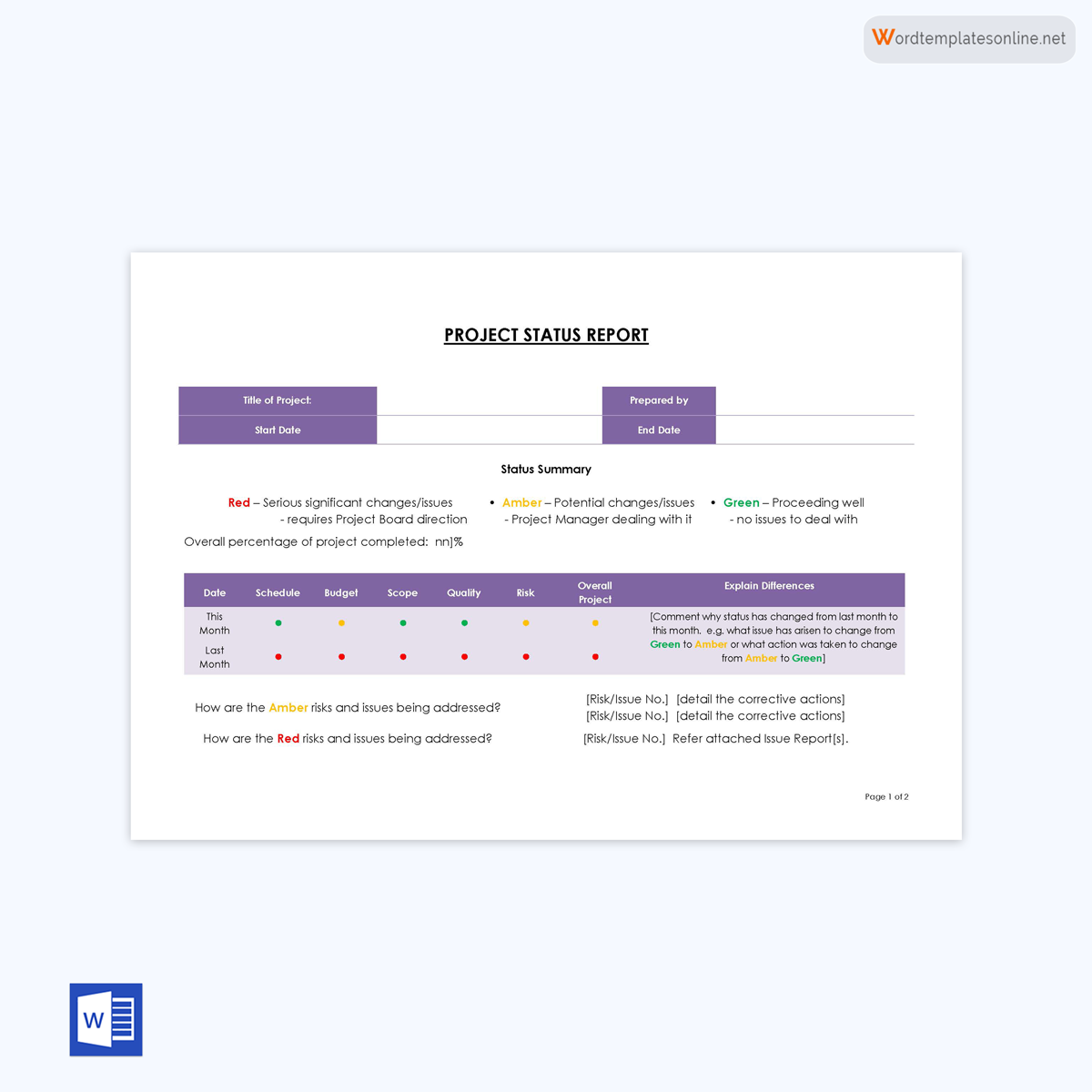
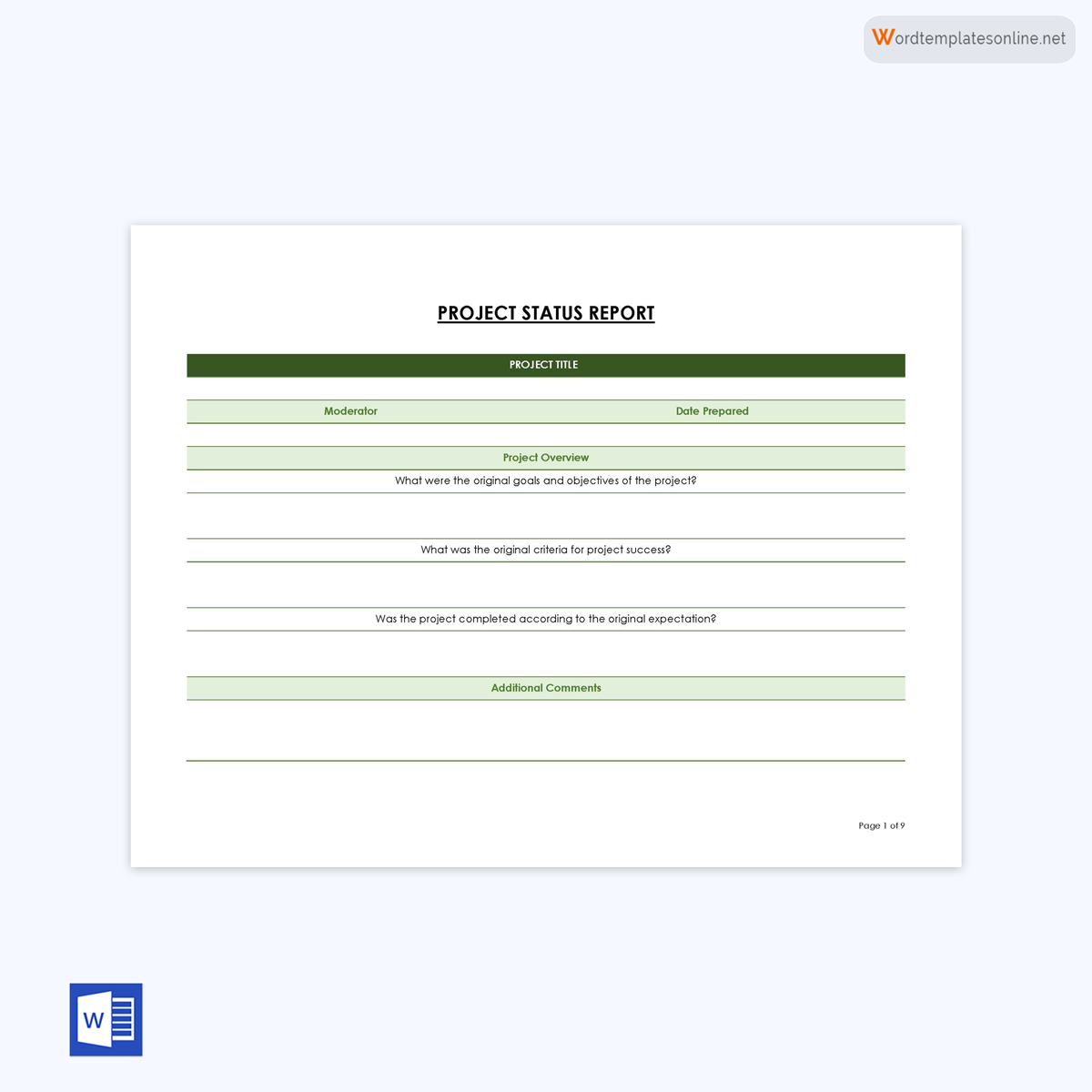
Significance of Project Status Reports
It plays a vital role in improving communication within the organization. It helps the project manager keep track of the health of the project. The team can also keep track of key aspects like costs, tasks, and timelines, which helps keep members accountable for their actions. The report also ensures key information is communicated to target audiences, which can help improve support for the project or team and increase confidence in how the project is being managed.
The report plays an important role in helping the stakeholders make key decisions about the project. The project manager’s ability to manage the project is also made easier because more people are aware of the work being done on it and the factors affecting it. The workload of the project manager is lessened by creating weekly or monthly reports because the progress is easy to access and examine.
How It Works
A project manager needs to be fully aware of how a project status report is made and used. Understanding how it works will help you create a useful document.
The following procedure should be followed when creating the report:
Step 1: Collect data
The project manager should begin by collecting data about the project. The data should include the work that has been done, the timeline, the challenges the project has faced, and the project schedule, among others. This information will help in the comparison of the project plan and the creation of the report. The project manager should then compile financial information, such as the project’s cost and budget.
The information can be obtained from timesheets, bank statements, expense reports, and estimates. Lastly, the project manager must highlight the RAG status of the project, which helps determine if it is “RED,” which means it is “bad,” “AMBER,” which means it is “okay,” or “GREEN,” which means “all good.” It informs the team and clients about the health of the project, whether it is stalled or in crisis.
Step 2: Consult with your team
The team responsible for executing the project should be consulted. They will help add to the information the project manager has collected. They will also clarify any issues the manager may have.
Step 3: Choose an appropriate template
The information gathered by the project manager should be recorded using a suitable project status report template. The structure of the template will also be important, as it will ease the project managers’ ability to communicate information on the progress of the project.
Step 4: Outline key segments
Each key segment of the report should be well outlined. Outlining key segments will help guide stakeholders through the report. It will also help organize the information that will be relayed to the shareholders.
Step 5: Structure the report
The project manager should also create a well-structured report, which will ease their ability to present and analyze the data. As opposed to reading the entire document, it will be simpler for the stakeholder to get to the information they need quickly. The project manager can also add graphs and charts to the report.
Step 6: Conclude the status report
A 2 to a 3-line summary of the status report should be created. The project manager should also write overviews for each section of the report. The summary will ease the stakeholder’s ability to absorb the contents of the report.
Step 7: Edit draft
Lastly, the project manager should review and edit the report. The project manager can present a polished final draft by correcting any errors in the report. It will ensure that the data presented in the report is accurate.
Items to be Include
Using a template can help speed up and ease the creation of the report. It helps ensure that key details are not left out.
The fundamental elements of the report should be included in its template, and they are as follows:
General project information
The template for the status report should contain a section where the project manager can outline the project’s name and that of the client. This information helps establish what the project is about and whom the report is meant for.
Project vision
There should be a brief statement stating the objectives of the project.
Project health
You can also indicate whether or not the project is on track on the template. The statement should also highlight risks or delays that are hindering progress. The health of the project can also be shown, usually with the use of predetermined color coding.
Project summary
The project should be summarized in 2 to 3 sentences, highlighting the most important details. It allows the reader to get important information and facts about the project without having to read the entire document.
Completed tasks
The template also includes a section where you can create a list of major tasks that have been completed for a more detailed report. Include completion dates in your list.
Additional information and links
Give shareholders more information about pertinent details they may be interested in. Stakeholders who want more information should be given links to documents or resources because if the document is too detailed, stakeholders who are only interested in particular aspects may lose interest. The links should show the project’s impact on key aspects, like the project’s contribution to the business goals.
Issues and risks
Issues and risks that might impede the project’s progress should be listed in the template. The risks can either be internal or external factors impacting the project negatively. The risks are viewed as issues if they have an impact on the project’s budget, schedule, or scope. The project status should contain a clear list of the risks and issues that have arisen, how they will impact the overall project, and how the project manager plans to solve them.
Future tasks and milestones
The project manager should create a list of tasks and milestones that must be reached. Include due dates for each task and when the team expects to reach certain milestones. Milestones are an effective way of breaking up a large project into small parts that help show when major phases are reached. Revising the milestones that have been reached helps the project manager determine if they were reached as planned.
Project metrics
Give examples of project metrics to help create a baseline against which the project’s plan can be measured. It will make it easier to monitor the project’s advancement.
Optional items to include
Optional items of interest for the audience can also be added. Links to relevant articles, industry or trend reports, RAID logs, action items, project timelines, deliverables, and timelines can all be included.
note
The project status report template should not include questions, throw shade, or blabber.
Types of Project Status Report
There are different types of project status reports. Understanding the different types of reports will help the project manager choose one that is best suited to the situation and identify the information that should be included in the document.
The various types of reports include the following:
Weekly status report
A weekly status report summarizes the work completed during the previous week. It is quick and easy to complete as it only covers the work done in a short period. It is usually sent to stakeholders on a particular day of the week.
Monthly status report
A monthly status report is used for projects that stretch over a longer period. It helps the team and stakeholders reflect on what has been accomplished during that period. These reports must be pertinent, as they cover a more significant amount of data than weekly reports.
Quarterly status report
A quarterly status report covers work done over a longer period, as it ranges from 3 to 4 months. The project manager should select two or three key priority areas for reporting, as the report can become lengthy. Each statement should contribute to a better understanding of the project.
External status report
An external status report focuses on broader issues and is written for external stakeholders. It should be straightforward, honest, and written in a professional tone. The project manager should focus this report on key issues that are of interest to the target audience.
Internal status report
A status report intended for internal use ought to be more in-depth than one intended for external use. It should focus on items that are of importance to the team. The report can be more transparent and explicitly mention the issues, if any, in the project’s progress. It may focus on fewer issues but in an in-depth manner. It should be more transparent than an external report and can be written in an upbeat tone.
Tips for You
The project manager should take into account a few suggestions to help make sure that important information is properly communicated. These tips help ease the creation and navigation of the document.
They include the following:
Know your audience
The information that will be included in the project status report will depend on who it is intended for. If the report is meant for external stakeholders like clients and sponsors, the project manager’s aim should be to show them the bigger picture. However, the project managers should include specific information if the document is made for team members.
Professional presentation
The report’s format should remain consistent throughout the document to help ensure that it has a professional appearance. Inconsistencies will undermine what the project manager is hoping to communicate to stakeholders.
Keep it simple and concise
The report should be brief and straightforward to avoid wasting stakeholders’ time. Writing a brief document helps the project manager focus only on key information.
Create a captivating layout
The project manager should think about using various visual elements to make the document interesting. Visuals like pictures, links, infographics, and charts can help make the presentation of the report more interesting.
Apply KISS Principle
The KISS principle encourages the project manager to keep the report simple to ease the stakeholder’s ability to comprehend what is being communicated. Additionally, it makes document preparation simple and quick for the manager.
Be open and honest
The project manager should write an open and honest report to help ensure that any issues are appropriately dealt with. It also helps build trust between the stakeholders and the project manager.
Highlight action points
The project manager should also ensure that action points are highlighted. These guidelines will make sure that all participants, including clients, stakeholders, and team members, are aware of their responsibilities.
Keep reviewing and updating the report
To guarantee that stakeholders are given the most recent information, the report should be reviewed and updated. It also helps the project manager maintain the credibility of the document.
Frequently Asked Questions
A project reporting software is a system used to automatically collect data from the different sources within the project, analyze it, and display its findings. The collected data is turned into spreadsheets, graphs, and charts. It facilitates better decision-making by project managers.
The type of project being executed will help determine how often the project manager should submit a report. Weekly status reports can be sent if the project is short or moving quickly. On the other hand, the reports may be sent biweekly or monthly for a long project.
The report should be sent to anyone involved or invested in the project. These individuals include the team members, sponsors, and stakeholders.
The report should only focus on providing key information to the stakeholders. Aspects of the project that affect the stakeholders should be highlighted in the report.
When writing a project status report, the project manager should use a work management tool. It is simpler to update, gives a summary of the project, and serves as a hub for team members to access information.




